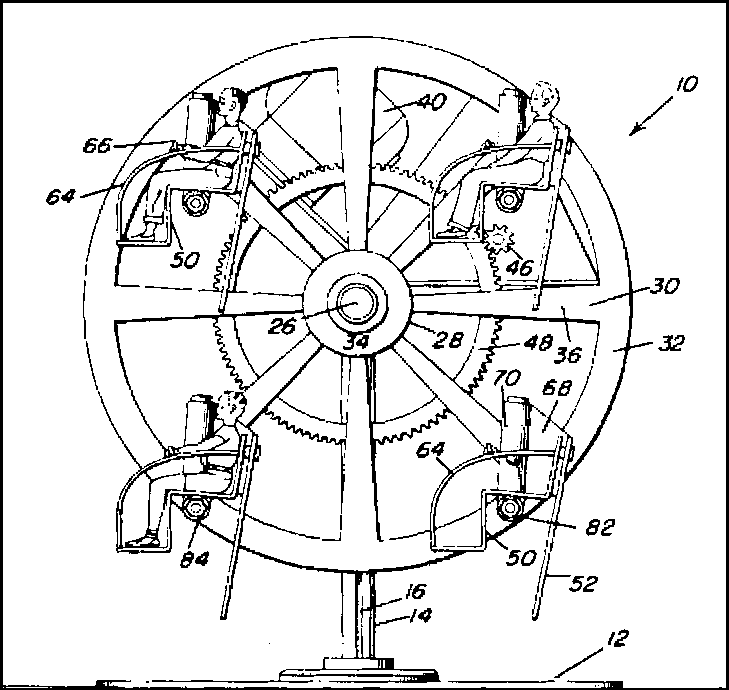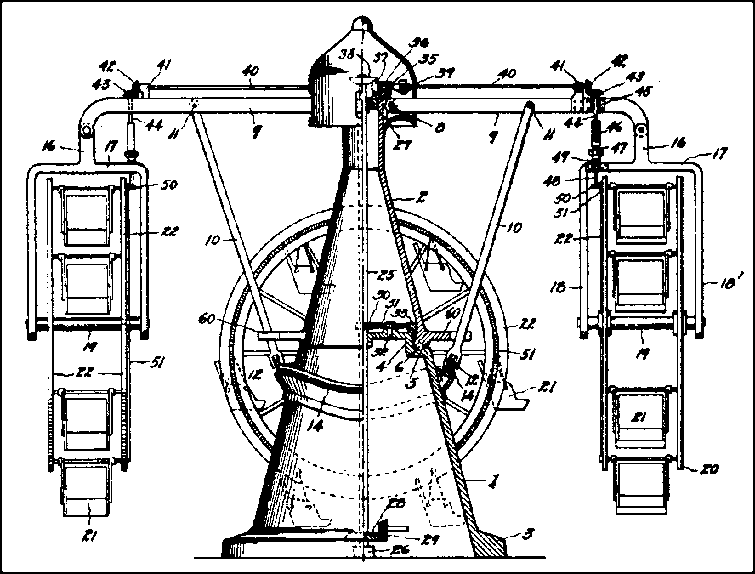Rex Stout
Read by
Michael Prichard
(Audio Editions)

The police can't figure out who did it so they make contact with Nero Wolfe. He's an eccentric New York detective who raises eccentric flowers on the top floor of his apartment, eats eccentric foods, and prefers never to go out, especially when he is working on a crime.
Wolfe does a lot of grunting here. He is also stuffed with high-falutin' language: "What you did may have been distasteful, but you did it impeccably," he tells one of the suspects, after a soulful confession. Someone wants him to hide their secret from the police. Instead of giving a simple yes or no, Wolfe grunts, "Manifestly impossible." He also spends a considerable amount of the readers' time staring at the ceiling, reading newspapers, and drinking beer.
Maybe Stout was such a subtle writer that he got a good laugh by creating big bore detective stories for the lumpen and, in the process, making millions. Or maybe he was a big piggy himself.
Speaking of eponymous names, the people who are not to like in Stout's book are Wolfe himself --- obese and arrogant --- and a suspect, an Upper East Side lady by the name of Mrs. Hilda Michaels: "There was too much of her, and the distribution was all wrong," says the ever-cynical Archie.
- Her face was so well-padded that there was no telling if there were any bones buried underneath.
Let us not fault Michael Prichard nor Audio Editions. The reading is appropriately dry and American. The pain lies but with the original, because it is the work of a genuine fathead.
An Illustrated History
(Popular Press)

